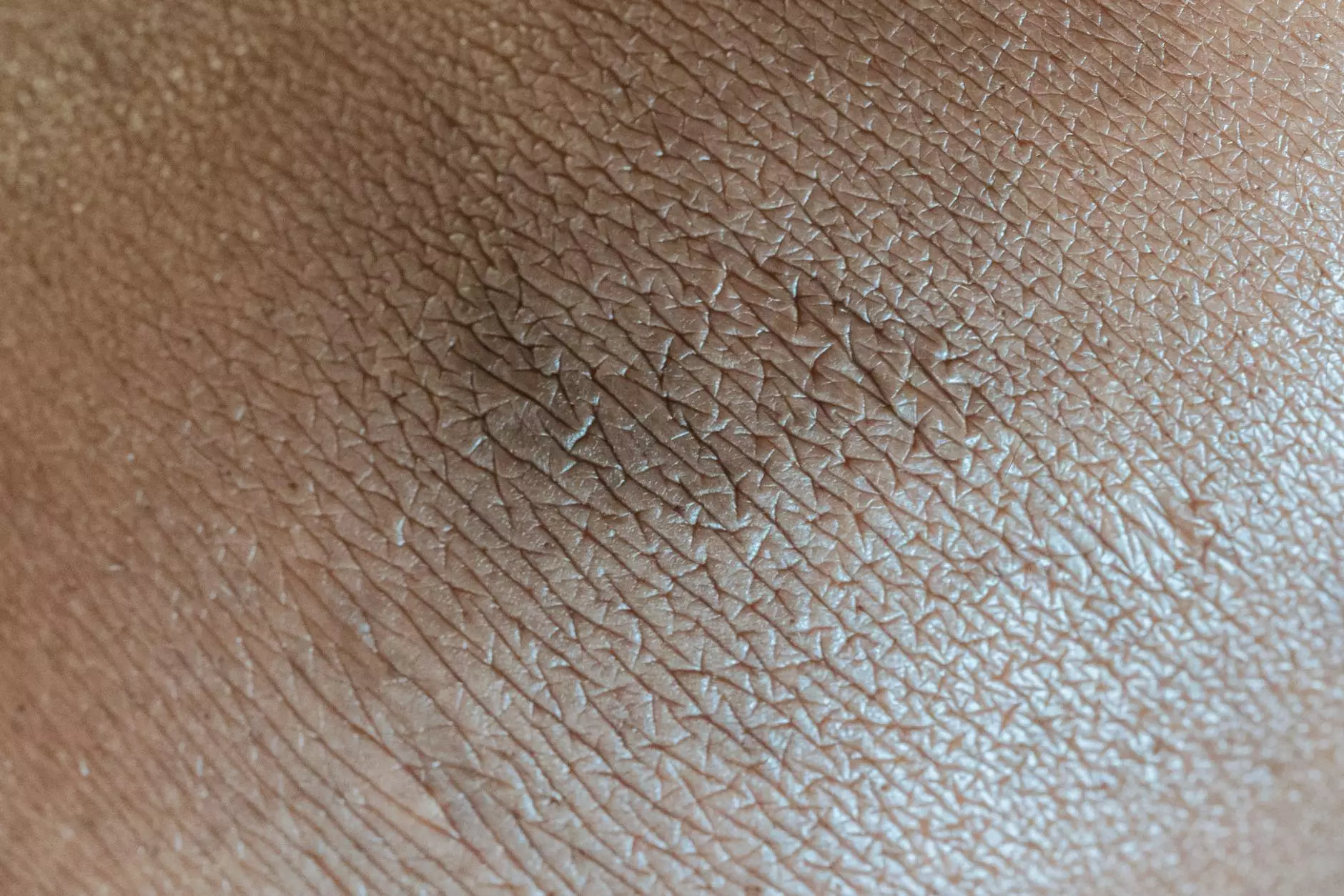Understanding Darkened Skin on Lower Legs

The skin is the body’s largest organ, and its appearance can be impacted by a variety of factors, including health conditions and vascular situations. One common concern that many individuals face is darkened skin on lower legs. This condition can arise due to several factors and might indicate underlying health issues that need addressing. In this comprehensive guide, we will delve into the causes, implications, and treatment options for darkened skin on lower legs.
1. What Causes Darkened Skin on Lower Legs?
Understanding the underlying causes of darkened skin on lower legs is essential for effective treatment and management. Here are some common reasons for this condition:
- Sun Exposure: Prolonged exposure to UV rays can lead to hyperpigmentation, resulting in darkened skin.
- Venous Insufficiency: Poor blood flow in the legs can cause discoloration and darkening of the skin due to increased pressure on the veins.
- Skin Conditions: Dermatitis, eczema, and other skin conditions can change the pigmentation of the skin.
- Diabetes: Diabetic skin changes can lead to dark patches, particularly in individuals with poor blood sugar control.
- Hormonal Changes: Hormonal fluctuations, especially during pregnancy or due to hormonal therapies, can affect skin pigmentation.
2. The Role of Vascular Health
One of the most significant factors contributing to darkened skin on lower legs is vascular health. Issues such as venous insufficiency can lead to chronic skin changes including discoloration. When the veins in the legs struggle to send blood back to the heart, it causes blood to pool in the lower extremities, leading to a condition known as venous stasis.
How Venous Insufficiency Affects Skin Color
When venous insufficiency occurs, the stagnant blood can cause inflammatory changes in the skin, resulting in:
- Hyperpigmentation: Stagnancy can cause brownish discoloration, particularly around the ankles.
- Skin Atrophy: The skin may become thinner and more fragile, leading to further darkening.
- Stasis Dermatitis: This condition often accompanies venous insufficiency, causing redness, itching, and darkening.
3. Identifying Symptoms Associated with Darkened Skin
Besides the visible darkening, several other symptoms may accompany darkened skin on lower legs. Recognizing these can help individuals seek timely medical attention:
- Swelling: Inflammation can lead to noticeable swelling in the legs.
- Bumps or Rashes: Skin conditions may exacerbate the darkening with additional symptoms like bumps or a rash.
- Pain or Discomfort: Individuals may experience pain, heaviness, or discomfort in their legs.
- Ulcerations: In severe cases, wounds may develop due to poor circulation.
4. Diagnosing the Cause of Darkened Skin
If you notice darkened skin on your lower legs, consulting a healthcare provider is crucial for diagnosis and treatment. The diagnosis may involve:
- Physical Examination: A thorough examination of the affected area.
- Medical History Review: Discussing any relevant medical history or symptoms.
- Diagnostic Tests: Tests such as blood tests, Doppler ultrasound, or skin biopsies to assess blood flow and skin condition.
5. Treatment Options for Darkened Skin on Lower Legs
Treatment for darkened skin on lower legs varies based on the underlying cause but may include:
5.1 Lifestyle Modifications
Changes in lifestyle can greatly improve overall vascular health and skin appearance:
- Regular Exercise: Enhances blood circulation and prevents stagnation.
- Weight Management: Reducing excess weight can alleviate pressure on the veins.
- Elevating Legs: Keeping legs elevated can help reduce swelling and improve blood flow.
5.2 Medical Treatments
For more severe cases, medical treatments may be necessary, including:
- Compression Therapy: Wearing compression stockings can help improve circulation and reduce swelling.
- Medications: Anti-inflammatory or diuretic medications may be prescribed to manage symptoms.
- Laser Therapy: Laser treatments can target pigmentation issues by breaking down melanin deposits.
- Surgery: In severe venous insufficiency cases, surgical options such as vein stripping or ablation may be considered.
6. Preventative Measures for Healthy Skin on Lower Legs
Prevention is always better than cure. To maintain healthy skin and prevent darkened skin on lower legs, consider the following tips:
- Sun Protection: Use SPF to protect against harmful UV rays.
- Skin Care Routine: Keep your skin moisturized to prevent dryness and irritation.
- Regular Check-ups: Monitor any changes in skin color and consult a healthcare provider for any concerns.
- Stay Hydrated: Proper hydration benefits overall skin health and supports vascular function.
7. When to Seek Medical Help
If you experience persistent darkened skin on lower legs or if it is accompanied by severe symptoms such as significant swelling, pain, or skin ulcerations, it is essential to seek medical help promptly. Early diagnosis and intervention can prevent complications and improve quality of life.
8. Conclusion
Darkened skin on lower legs can arise from a variety of factors, particularly related to vascular health and skin conditions. Understanding the causes, recognizing associated symptoms, and implementing appropriate treatment and preventative measures are crucial steps in addressing this concern. If you are experiencing problems with darkened skin or other related symptoms, do not hesitate to contact a specialist. Early intervention is key to achieving healthier skin and improved overall well-being.
For professional assistance, consider visiting Truffles Vein Specialists, where experienced doctors can provide tailored treatment plans to address your specific needs.



